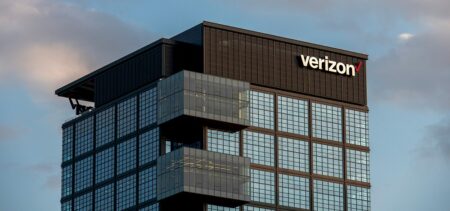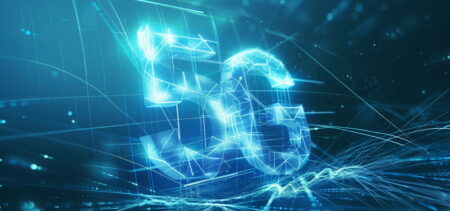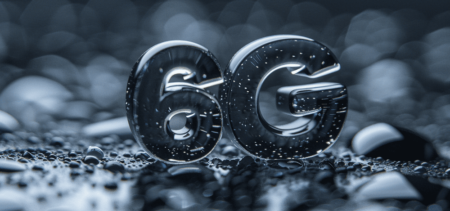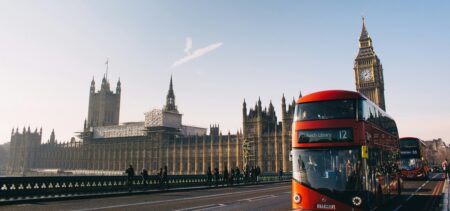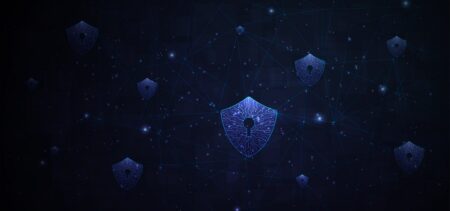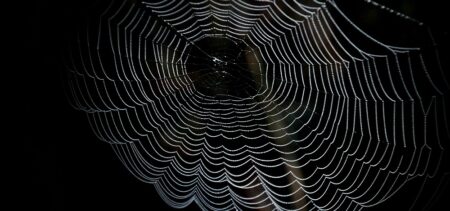Smart cities are municipalities that use information and communication tech to improve the quality of services and citizen wellbeing, as well as improving operational efficiency and sharing information with the public. A smart city relies on IoT devices used in commercial buildings, transportation, and traffic management. Additionally, other smart city technologies include:
- AI (artificial intelligence)
- APIs (application programming interfaces)
- Cloud computing
- ML (machine learning)
- mesh network
When it comes to traffic, IoT is beneficial in decreasing congestion, reducing costs, and improving management by integrating technology like traffic lights and smart parking. It’s no surprise that IoT applications can make everyday life easier and safer, by enabling connectivity, communication, and control in the surrounding environment. However, with traffic growing faster than ever, challenges arise when IoT systems and traffic networks begin to merge.
Regardless of what influences the bandwidth, the result is that companies and smart cities might need to make costly and complex upgrades, as more often than not, the network infrastructure is still inflexible and not up to date, or lacking scalability.
IoT offers a cutting-edge opportunity in solutions, it comes with limitations that companies and smart cities cannot ignore.
Three of the most critical challenges while integrating IoT in the traffic management system today are security breaches, high-speed data transfer solutions, and new investments.
Security Breaches
The IoT continues to grow at a high speed, supporting an increased number of interconnected devices and services. It will continue to grow, making companies focusing more on protection and security for data and networks, since breaches and attacks are now more likely to happen. As a result, data privacy is crucial and businesses need to ensure its protection.
Best practices for protection against breaches include ensuring all your IoT devices are compliant with your security policies. Data transmission encryption, device authentication, and user access control should not be optional, but an added layer of security to your traffic management solution.
High-speed data transfer
Every innovative solution today requires high-speed data transmission and the growing number of devices in traffic requires working with a larger data capacity. Which causes inevitably an increased workload for IT teams. This means one thing: the need for an improved network infrastructure.
To streamline communication and the collection of data from your devices, you need improved network facilities. So, it’s essential to have a strong agile network in place and respond to all the needs of your IoT devices. This infrastructure should be able to evolve and change to accommodate the latest needs.
New investments
Integrating IoT technology with traffic networks will reduce costs and lead to several optimizations, but it also requires significant investments. These investments might be in infrastructure, implementation, configuration, training, and security, as well as managing the IoT system.
Successful IoT technology is able to examine, collect, and mine data, as well as to gain insights from all devices. While cloud-based solutions can be used to track and report data from IoT devices, there aren’t many solutions in optimizing costs when it comes to the application of IoT.
Conclusion
Today, emerging trends such as automation, machine learning, and IoT are driving smart city adoption all over the world. And cities that plan to integrate IoT in their traffic management systems need to overcome infrastructure problems, security challenges, and costly investments.
In the end, IoT plays an essential role in the development of traffic management, and as engineers are adding self-driving cars and 5G networks, these critical challenges need to be addressed and solved when merging IoT systems and traffic networks.



